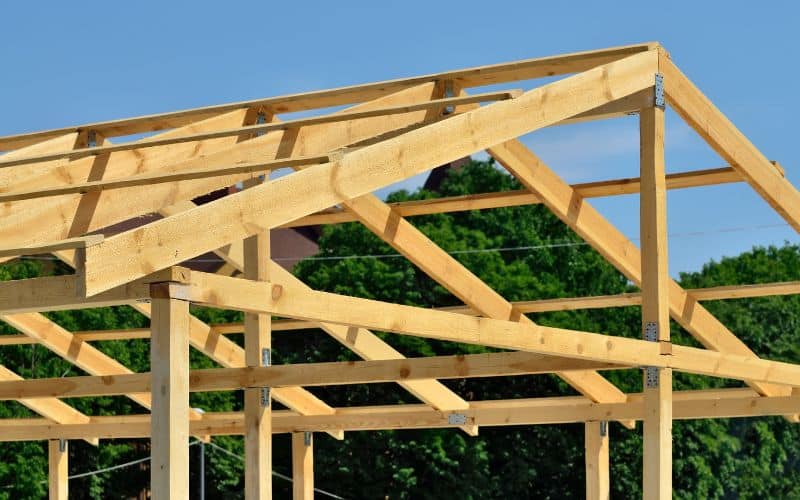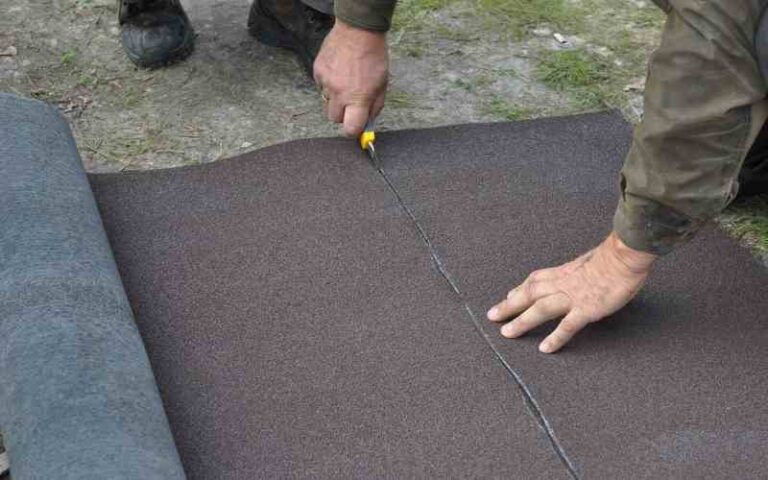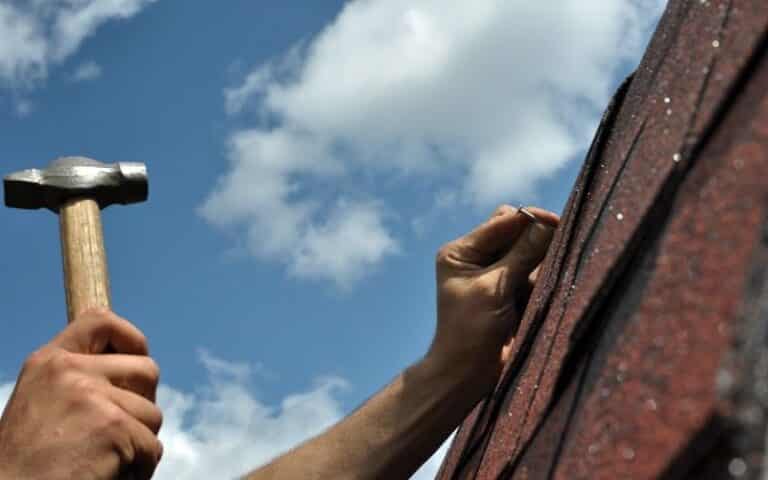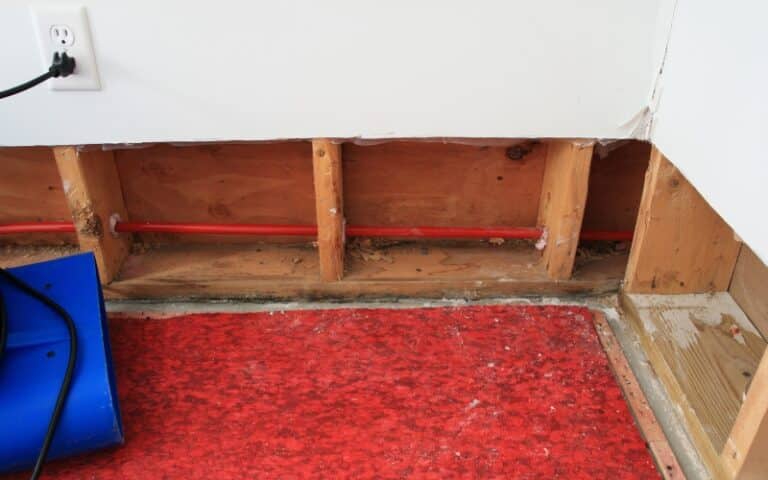The materials we use in our roofs make them stand out from other roofs. Some roofs are self-supportive and may not need any extra support.
But as much as the manufacturers design them to withstand some harsh conditions, additional support will not harm them.
Hip roofs are designed initially to be self-supportive with their rafters, their frames can sustain the roofs even without any rafter ties added to the frame.
However, with the help of ridges and engineered trusses, rafter ties may not be the only support used for hipped roofs.
This article will provide you with the answers you need and other information about hipped roofs and rafter ties.
Yes, hipped roofs need rafter ties to support the roof’s frame. Because of their design model, Rafter ties are made primarily to support hipped roofs. But not just rafter ties because other materials like ridges and engineered trusses also serve the same purpose as rafter ties. Your hipped roof requires a support system even if you cannot find rafter ties.
Ready for a Roofing Quiz?
When To Use Rafter Ties?

Rafter Ties are required for all hipped roofs because of their sloppy structure. The rafter ties are installed perpendicular to the walls of the building, just above the ceiling joists.
They hold the roof together and reduce the weight of the roof on the building and can only be exempted if the building ridges are high enough to support the roof.
Or If you install some trusses to support the roof. In the absence of both the ridges and the trusses, your roof requires the use of rafter ties.
When installing rafter ties, you use collar ties to hold them together with the beams to make them more resistant to unbalanced loads that could pull out the rafters.
Situations like a storm and heavy snowfall are when an unbalanced load is on the roof.
For example, heavy wind may be rigorous enough to uplift the roof, which will loosen the harness between the rafters and the beams, as well as a heavy snowfall that may be too heavy.
In such situations, collar ties keep the rafters harnessed to the beams and strong enough to withstand all the unbalanced loads without breaking.
The rafter and collar ties support the roof’s frame but have different purposes, each interdependent on the other.
In order not to mistake one for another, the differences between rafter and collar ties are below.
| Rafter Ties | Collar Ties |
|---|---|
| Rafter Ties are necessary for hipped roofs, and failure to include them or any other support form can be disastrous to the structure. | Collar ties may or may not be used in hipped roofs because they’re not used to support the roof directly but to support the installed rafters. |
| You are to install the rafter ties every 4ft from the wall plates | You are to place collar ties on every rafter tie you use. |
| Rafter ties help to resist outward thrust exerted by the roof, which will push the walls under it outwards. | Unlike what many people think, that collar ties prevent the walls from pancaking, collar ties are tension ties installed between the rafters and the beams or ridges. They help to resist extra weight exerted on the rafters, like wind uplifts or heavy storms, which can pull out the rafters from the beams. |
| You install rafter ties in the lower third roof of the opposing rafters. |
When it comes to construction, the wrong decisions could be a disaster waiting to occur, especially when this decision is related to roofing.
The wrong roof could cause considerable damage to the building, and sometimes it may not be reversible.
Therefore, building engineers understand the importance of decision-making regarding what is required to hold the roof as extra support.
Not fixing rafter ties to your hipped-roof frame is like leaving out the hip bones in the human body; there would be no balance, which is totally against the essence of construction.
However, structural engineering requires balance in a system’s structure, be it in the foundation laying, building walls, or roofing.
That is why, even if you may not want to use rafter ties in your hipped roof, there are substitutes that serve the same purpose and create balance for the roof.
How To Build a Hipped-roof Without Rafter Ties?
Rafter Ties are essential to the hipped roof as hip bones are essential to the human skeletal system because of the support it gives.
But not only can rafter ties be used to achieve this purpose, but you can also use other tension-reducing materials instead of rafter ties. Because, in construction, there’s also room for personal preference.
The purpose of installing rafter ties in the roof’s frame is to reduce the tension within the frame, and you can do this by using other materials apart from rafter ties.
Some of the materials that you can use to support hipped roofs instead of rafter ties are;
- Building Ridges or wall plates
- Engineered Trusses
- Beans or Columns
If you’re planning to build a hipped roof without using rafters, use beams or internal columns at all the corners of the wall plates to extend to the roof.
It will form a support for the roof even without the rafters. It may, however, reduce the internal space and make it appear more clustered than rafter ties would have made it look.
One reason people use rafter and collar ties to build hip roofs is to have an open ceiling building, which creates more space within the building and increases the aeration.
While rafter ties provide this solution, internal columns or beams don’t create the same effect as rafter ties.
How Often Are Rafter Ties Required, And Where Are They Placed?
Install the rafter ties every 4ft above the ceiling joists and more than 4ft apart and place them at the bottom third of the roof’s frame.
This positioning helps to keep the walls from pushing outwardly due to the pressure exerted by the roof structure and other external forces.
Due to the sloppiness of the roof, it exerts much pressure on the exterior walls, and if left that way, the roof’s weight will gradually push out the walls.
When this happens, the weight will become unbalanced and cause considerable damage to the entire structure and roof.
This damage is likely to happen if there is no support system to lessen the pressure on the building.
What Ties Are Best For Hip Roofs?
Rafter Ties are necessary if you want to build hipped roofs because they support by reducing the tension between the roof and the structure.
While many people mistake both rafter and collar ties as the same thing, you can use both in the hipped roof, but they serve different purposes, and you cannot substitute one for the other.
Collar ties are also necessary, no doubt, but the structure of a hipped roof requires some form of support that will prevent the walls from pancaking.
Pancaking usually occurs whenever the roof’s weight pushes the walls outside, causing an unbalanced system.
And while collar ties are tension ties, they do not prevent the walls from falling outward.
Collar ties keep the rafters and beam intact and resistant to forces that may weaken the rafters.
Still, they’re not necessary for hipped roofs, so the engineers always recommend rafter ties.
When unavailable, you must get materials like beams, columns, and trusses, which offer the same support.
Conclusion
Hipped roofs are straightforward to see in locations with heavy windstorms because of the design model.
Building engineers use rafter ties to resist tension from the roof and other loads that may damage the structure, which makes them very suitable for such locations.






